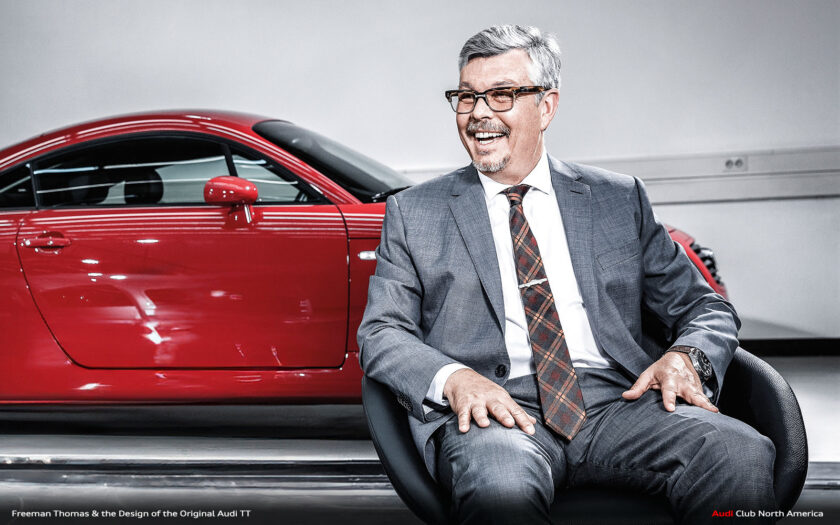
Today we need to step back a bit from the concept of the site and talk not only about the design of the car but also about the history of the designer of these cars.
Thomas Freeman history:
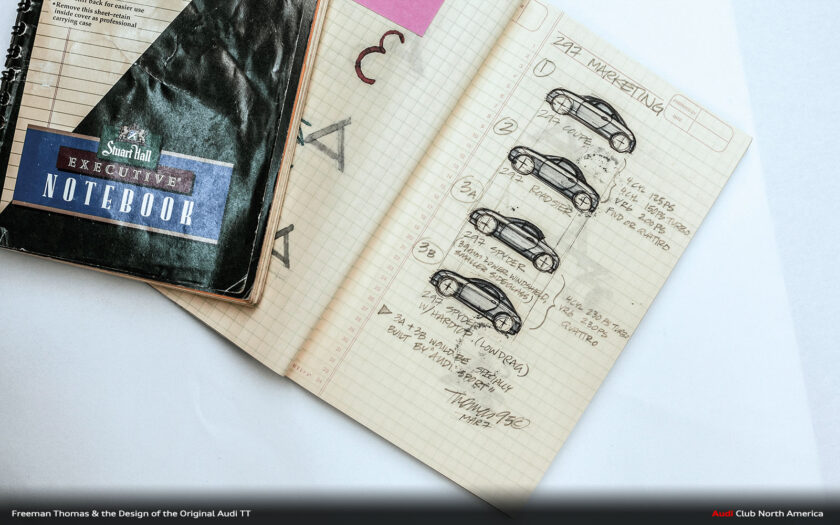
Thomas Freeman is a British industrial designer whose visionary approach helped create one of the most iconic cars of the 1990s — the Audi TT. But his journey didn’t start there, and it definitely wasn’t a straight path.
Growing up in England, Thomas was fascinated by both art and engineering from a young age. This passion led him to the Royal College of Art in London, a prestigious design school where he deepened his skills in industrial design. There, he developed a signature style — clean, minimalist, yet emotional and organic.
After graduating, Freeman worked in several European design studios, slowly shaping his philosophy to challenge traditional car designs by focusing on pure forms and strong proportions.
When Audi began work on their new sporty coupe in the mid-90s, Freeman joined the design team and played a crucial role in developing the groundbreaking concept that became the Audi TT. His belief was that a car should tell its own story through simple but expressive shapes — a philosophy that clearly shows in the TT’s iconic rounded lines and geometric purity.
But here’s a cool bonus: Thomas Freeman was also involved in sketching the new Volkswagen Beetle, another legendary car reborn for the modern era. His ability to blend nostalgia with modern design helped breathe new life into this classic, showing how versatile and talented he truly is.
Following the huge success of the Audi TT, Freeman continued to work on innovative projects across different brands, always focused on creating designs that evoke emotion while staying functional and timeless.
Read too: Audi Quattro Spyder history: the return of a legend
What is unique about it?
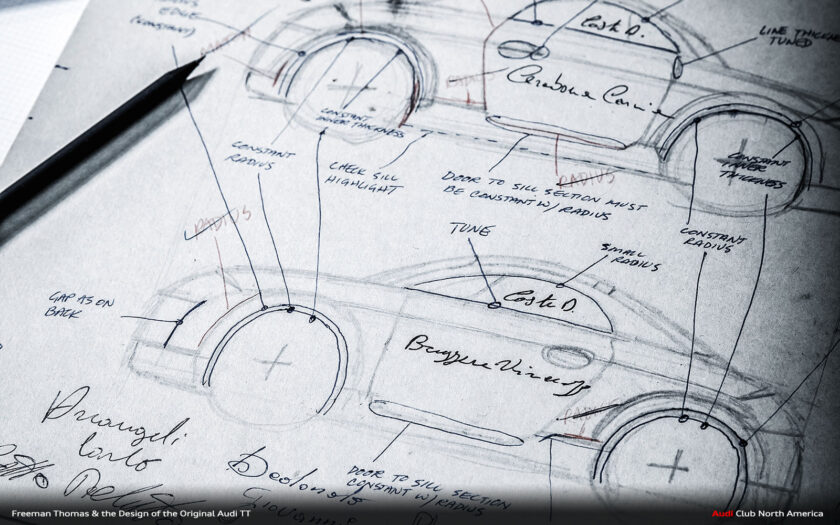
There are a lot of unique and creative designers in the world: Chris Bang, Batista “Pinin” Farina, Giorgetto Giugiaro and Marcello Gandini. And they all have their own style, subtext and very different features, so you can often tell by the car who drew it. And Freeman is a phenomenon because he drew two very different car designs. VW New Beetle, with its biodesign and maximum round shapes, Audi TT, has the most distant from biodesign style and quite futuristic design for that time, unlike VW New Beetle, the most classic car as far as you can imagine.
Read too: New Bertone Runabout 2025 car analysis: another masterpiece from a unique Italian brand
7 Cool Facts About the VW New Beetle:
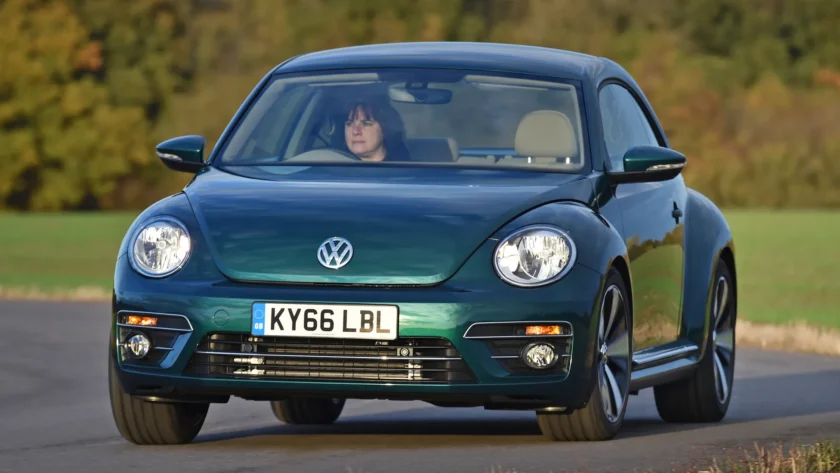
- The New Beetle Project Was a Secret Even Inside VW
The early sketches of the New Beetle were kept top secret—many engineers at Volkswagen didn’t even know that a retro-inspired “bug” was in the works. - Designed to Make People Smile
Designers, including Thomas Freeman, wanted the car to have a “friendly face” — round headlights and smooth curves that evoke positive emotions whenever people see it. - The Wheels Are Part of the “Bug’s Eyes” Look
The placement and design of the wheels emphasize the image of the “eyes” of the bug, making the wheels part of the car’s personality, not just functional elements. - The Interior Glovebox Handle Resembles a Beetle’s Horn
A small design Easter egg: the passenger-side glovebox handle was made to remind fans of the horn on the classic Beetle. - The Project’s Codename Was “Princess”
During development, the New Beetle project was called “Princess” because the car was intended to be beautiful yet delicate and sensitive. - First VW Model to Earn the “Blue Angel” Eco-Certification
The New Beetle was the first Volkswagen to receive the “Blue Angel” certificate in Germany, awarded for meeting high environmental standards. - Hidden Document Compartment Behind Passenger Seat
A secret storage space for important documents was designed behind the passenger seat to keep the cabin neat and organized while keeping essentials close at hand.
7 Cool Facts About the Audi TT:
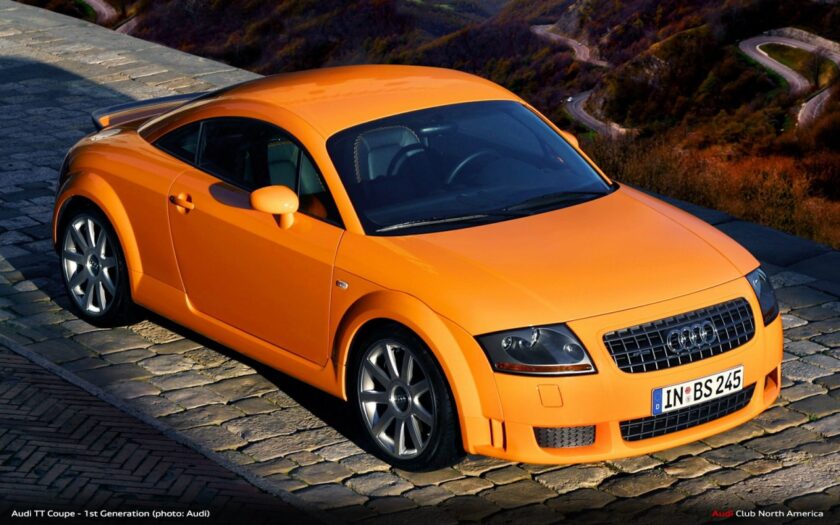
- Inspired by Bauhaus Design
The original Audi TT’s shape and lines were heavily inspired by Bauhaus architecture and industrial design, focusing on simplicity, geometry, and perfect proportions. - It Was Almost a Concept-Only Car
When the TT concept debuted in 1995, it was never guaranteed for production. Public reaction was so overwhelmingly positive that Audi decided to greenlight it with minimal design changes. - Minimal Changes from Concept to Production
Unlike many concept cars, the TT went into production looking about 90% like the original show car — a rare move in the industry. - First Audi With an Aluminum Body Option
The TT used Audi’s “Audi Space Frame” technology, combining aluminum and steel to reduce weight and improve performance. - The Name Has Motorcycle Racing Roots
“TT” stands for “Tourist Trophy” a nod to the legendary Isle of Man TT motorcycle race — a connection to Audi’s heritage through NSU, a brand that later became part of Audi. - Early Models Faced High-Speed Stability Issues
The first-generation TT had some high-speed handling instability, leading Audi to retrofit a rear spoiler and electronic stability program for better safety. - An Interior That Became an Icon
The TT’s cabin, with its brushed aluminum details and turbine-style vents, set a new standard for sports car interiors in the late ‘90s and was copied by many other brands.
Read too: The trend towards reducing radiator grilles on the Bmw iX3 Neue Klasse and Audi Concept C
Conclusion:
As we have figured out today, the Audi TT and the Volkswagen New Beetle are two maximally opposite cars in their era. And the fact that they were drawn by the same designer is simply a brain teaser for a real motorist. In addition, we learned new interesting facts about these cars and a brief biography of the great designer.